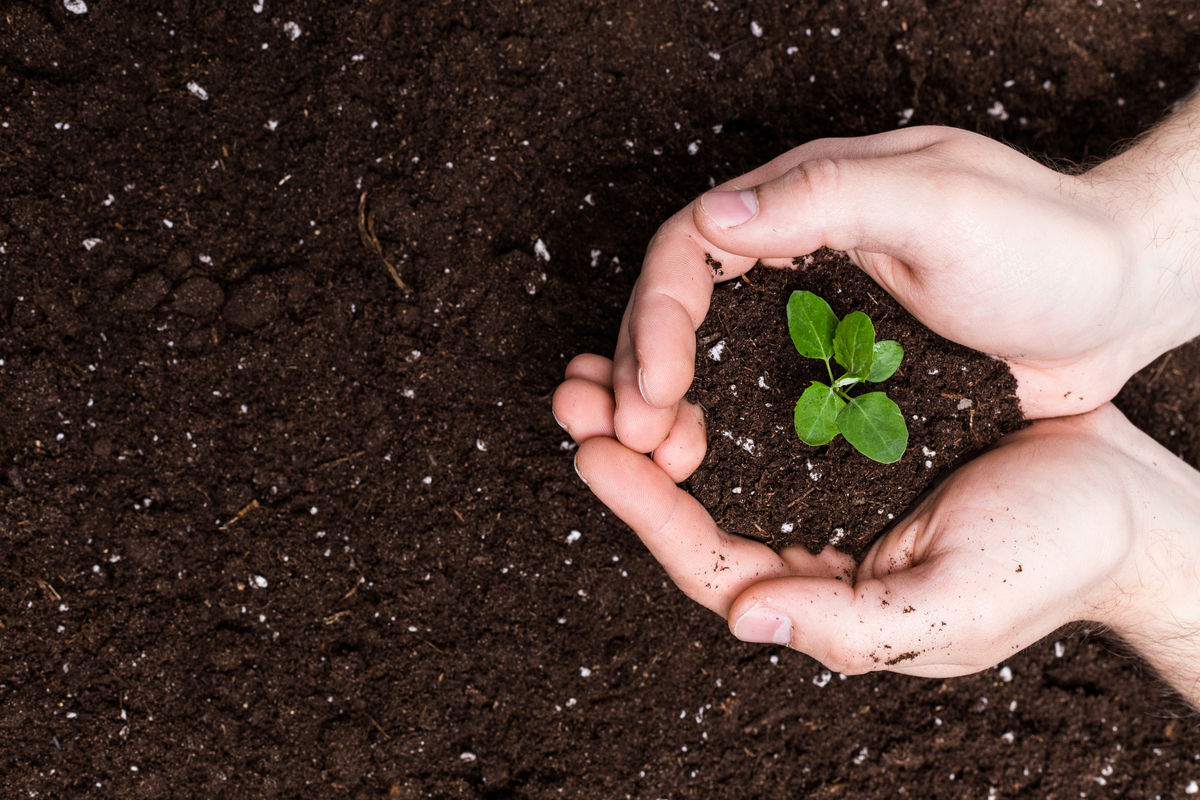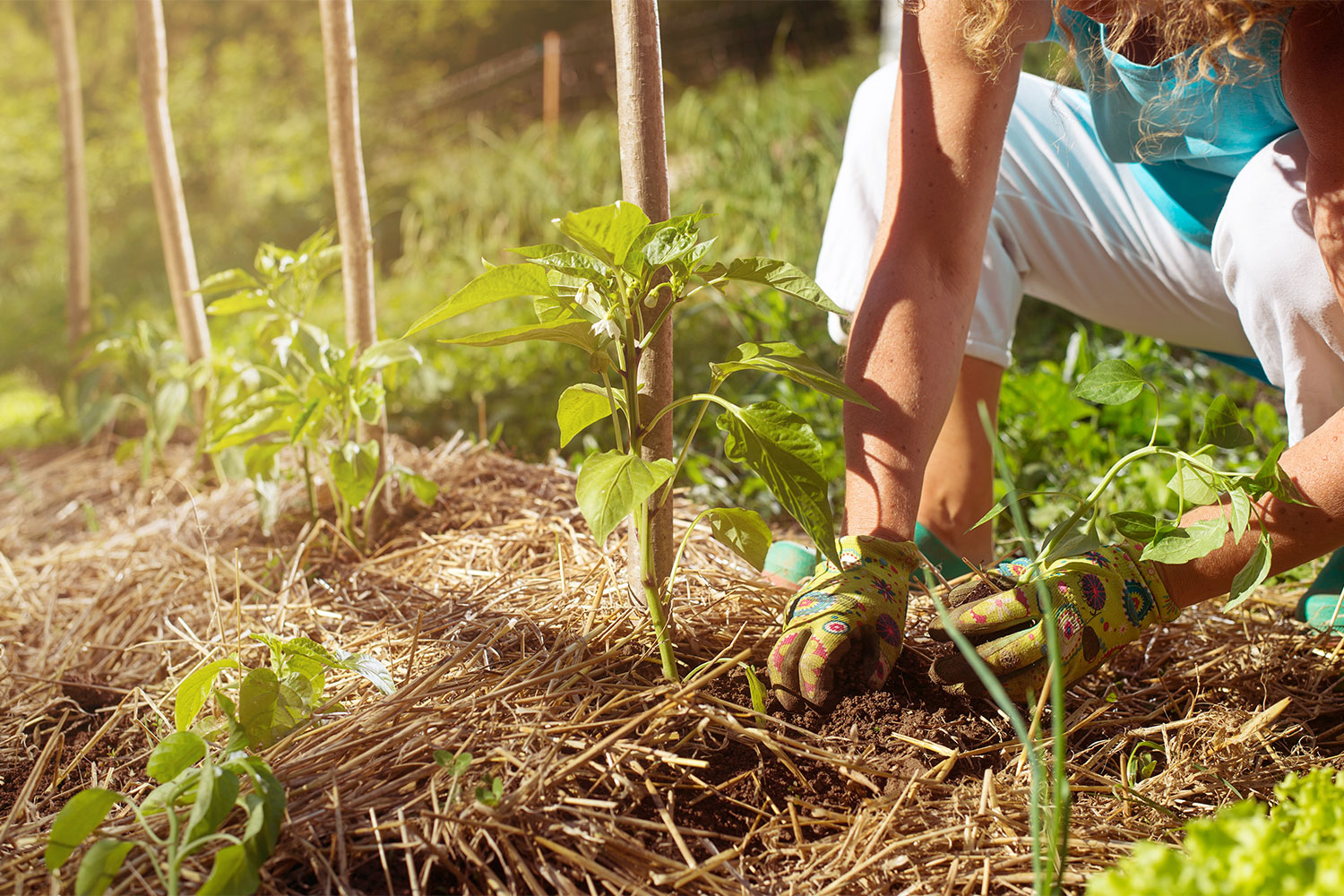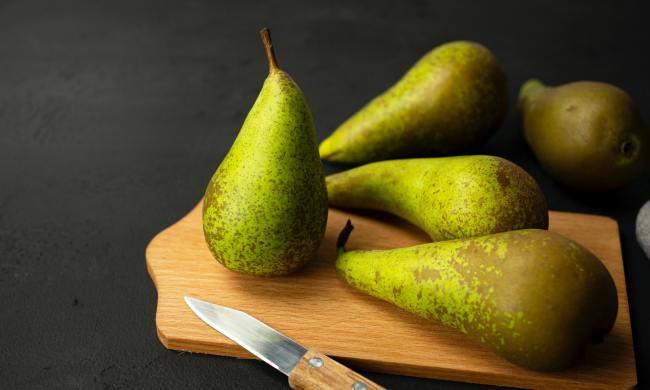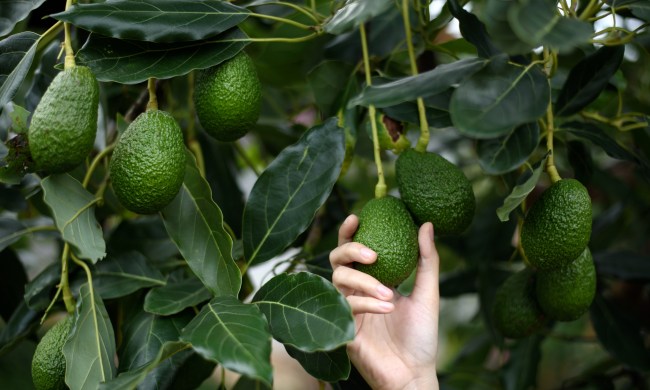Composting is one of those things that everyone thinks they should be doing. There are plenty of articles describing all the wonderful things composting does for your garden, and those are true, but how do you actually use it? Whether you need a beginner’s guide to composting or are looking for a quick refresher, here are the most important things you need to know when it comes to using your compost.
Can you add compost to your garden after planting?
Yes, you can! Some gardeners actually add a little when planting and continue adding it as the plants grow. Compost provides a lot of vital nutrients for seeds and seedlings, but even a fully grown plant will enjoy the extra boost that comes from compost. There really isn’t a bad time to add compost to your garden.
The most popular times are in late fall, so the nutrients have time to fully incorporate into the soil, and early spring, about two weeks before you plant, so that the nutrients are fresh in the soil. There isn’t any significant difference in how this impacts plants, so whichever time works better for you is fine.
How often you need to add compost will depend on how rich your soil naturally is. If your soil is already fairly rich, you may only need to add compost once a year. If you have weaker soil, however, adding a little more halfway through the year may be beneficial.
How do I add compost to my vegetable garden?
You can add compost directly on top of the garden or work it into the soil. If you haven’t planted yet, mixing the compost into the top 6 inches of soil is a good option. This helps the seeds or seedlings you plant access the nutrients quickly and generally improves your soil quality.
However, if you’ve already planted your vegetables, and they’re either seeds or just sprouted, mixing compost into the soil may disturb them if you aren’t careful. In this case, putting the compost directly on top of the soil is the better option. If you are adding compost around older plants, you can mix it into the soil, just be careful to do it gently and avoid any roots.
How much compost should I add to my vegetable garden?
This depends on which application method you’re using. If you are spreading it on top of your garden, you only want a 1-inch layer of compost. Any thicker and you run the risk of your sprouts not being able to push through the compost.
If you’re mixing it into the soil before planting, the layer should be 2 to 3 inches before mixing, and you should mix it into the top 6 inches of soil. This ensures that there is plenty of compost in the soil. If you’re mixing it into the soil around mature plants, layer an inch of compost around the plants and mix it gently. It can’t be mixed in quite as deeply, due to the roots, so it doesn’t need as much. However, other areas of the garden that are not near plants can get 2 to 3 inches, if you haven’t added any other compost this year.
Can too much compost hurt plants?
As good as compost is for plants, sometimes it can hurt them. If the compost is not properly matured, it can cause problems for your garden. Most notably, if your compost isn’t completed, then the still-active decomposition of the compost can cause a nitrogen buildup in your garden. Nitrogen is very good for plants, it helps them grow, but too much of it can be deadly. This is also why it’s important to space out your composting applications and consider the type and quality of your soil before adding compost.
Additionally, if you add too much compost over seeds or newly sprouted plants, you can suffocate them. If they can’t push through the compost to reach the surface, then they will die. Be sure to only add a thin layer when dealing with young plants.
Similarly to maturation, if your compost is too off-balance it can hurt your plants. This is mainly a problem with nitrogen, but it can theoretically happen with any nutrient. If your composting process includes a lot of animal products, such as meat or manure, your compost is high in nitrogen. This is great if your soil is nitrogen-deficient! However, if your soil already has plenty of nitrogen, this can be harmful to your plants.
There you have it! Now you know the basics of composting, and you can give your sprouts a little extra energy to work with. Be careful with the amounts of compost, be aware of your soil type, and you’ll be happy with the results.





